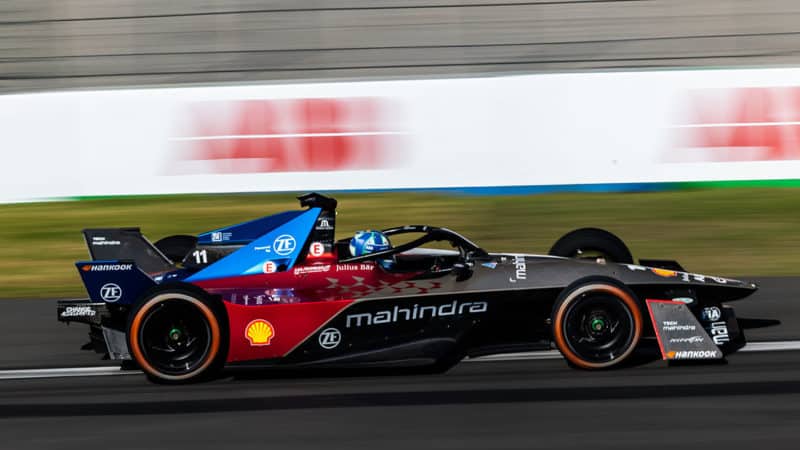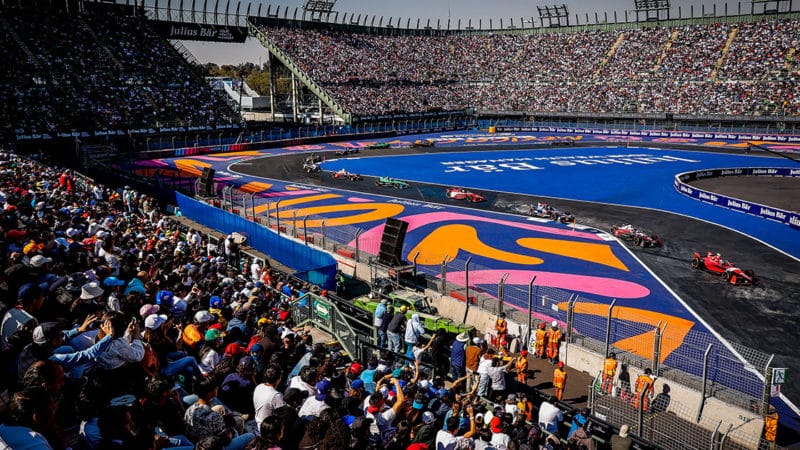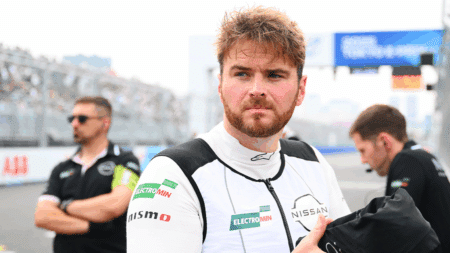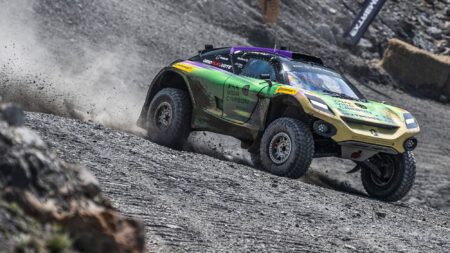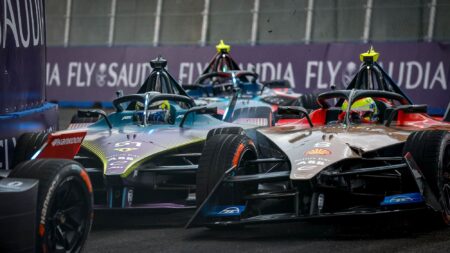Di Grassi too was upbeat, having held off a train of cars to cling on to his podium place, while André Lotterer – now Dennis’s team-mate at Andretti – demoted McLaren’s Jake Hughes on the final lap to make it three Porsche-powered cars in the top four. For Hughes, driving for the team that used to be the championship-winning Mercedes EQ operation, Mexico represented a promising start. He qualified and ran third early on, as McLaren chief Zak Brown watched from the pits. Looks like the papaya cars will be a factor in this series.
Back in the media centre, colleagues hadn’t really noticed the underwhelming sensation and pointed out correctly that the level of reliability had far exceeded the doomsday winter expectations. There were car failures, but Sam Bird’s suspected driveshaft trouble in the Jaguar was probably the sort of thing that can happen to a team at any time.
Along with McLaren, Maserati and Cupra have joined the fray this year to soften the blows of losing Mercedes, BMW and Audi in the past two years. McLaren had the best of it in Mexico, Maserati’s Edoardo Mortara causing the third safety car interlude when he spun at Turn 1 and backed it into the barrier with a whump we could hear from the start/finish.
The biggest concern was for Abt Cupra’s Robin Frijns, the former Envision Virgin bumping into the back of Norman Nato’s Nissan on the first lap and into retirement. The impact didn’t look that heavy, but it was one of those awkward ones where the driver got his hand caught in the steering wheel. Frijns suffered a nasty break that required surgery later that day and is now a doubt for the Diriyah double-header on the last weekend of the month.
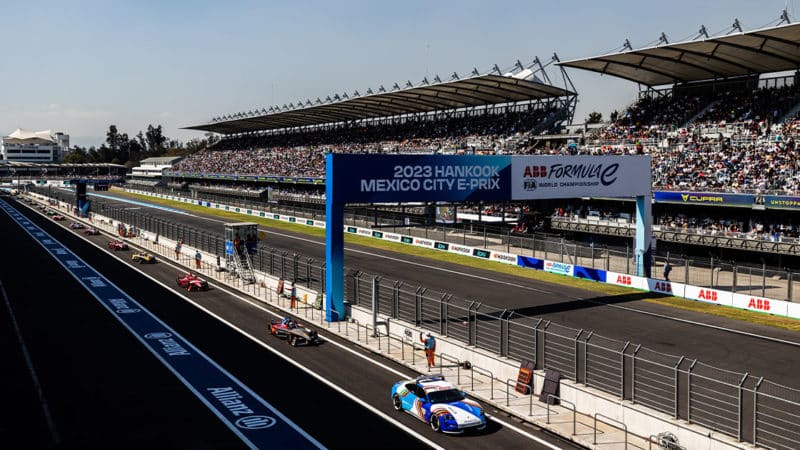
Long periods under safety was a feature of Mexico race
DPPI
It was good to see Abt back after its season sabbatical in the wake of Audi’s withdrawal. The Cupra deal is merely sponsorship for now, but there are greater intentions for the Seat-affiliated brand to have a technical input in the future. A lack of track time was always going to make this a difficult weekend and the other team signing, ex-DTM racer Nico Muller, trailed home 14th from 18th on the grid.
“For us it was important to get as many laps as possible under our belts, finish the race and capture data,” Muller told us. “We’ve had very limited running, especially on my side of the garage in Valencia, so it was really important to come here and have a clean weekend. It would have been nice to have more performance. You want to be fighting for the top 10, but we just didn’t have the pace for that. There is a lot to look into, to analyse and understand. But as a first step it was all right.”

